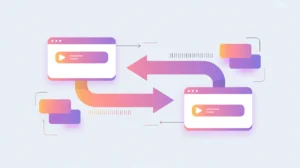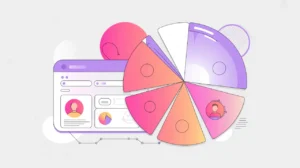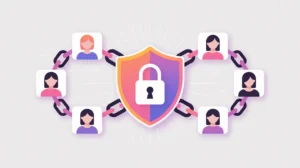Importance of Microservices vs Monoliths
Microservices and monoliths are two different approaches to designing software systems. A monolithic architecture packages all components of an application into a single, unified codebase, while a microservices architecture breaks the system into small, independent services that communicate through APIs. Their importance today lies in the trade-offs they represent: monoliths are simple and easier to start with, while microservices offer scalability, flexibility, and resilience for complex applications.
For social innovation and international development, understanding the difference matters because mission-driven organizations often face resource constraints. Choosing the wrong architecture can increase costs or create inefficiencies, while the right approach can make digital systems sustainable and adaptable to local contexts.
Definition and Key Features
A monolith is built as a single codebase where the user interface, business logic, and data handling are tightly coupled. This approach simplifies deployment and is well-suited for smaller projects or contexts where scale is limited. Microservices, on the other hand, separate functions into independent units, such as authentication, payments, or recommendations, each of which can be deployed, scaled, and updated independently.
They are not interchangeable. A monolith is not inherently outdated, and a microservices design is not automatically superior. The choice depends on organizational needs, technical capacity, and expected growth. Microservices are especially helpful when multiple teams need to develop and scale different parts of a system simultaneously.
How this Works in Practice
In practice, monoliths are easier to develop and maintain at the beginning, requiring less infrastructure and coordination. However, as applications grow, monoliths can become difficult to scale or update without breaking the whole system. Microservices allow for incremental scaling, fault isolation, and faster updates, but they introduce complexity in deployment, monitoring, and communication between services.
Cloud-native tools such as Kubernetes, service meshes, and API gateways have made managing microservices more practical. Yet, microservices also require stronger governance, as poorly designed systems can become fragmented and hard to manage. For many organizations, the most effective approach is a hybrid, starting with a monolith and migrating to microservices as needs evolve.
Implications for Social Innovators
The choice between microservices and monoliths shapes how mission-driven organizations build and scale their tools. Education platforms may start with monolithic apps to deliver content quickly, then shift to microservices as student populations grow. Health systems can use microservices to scale diagnostic or scheduling tools independently across clinics. Humanitarian platforms may adopt microservices to ensure crisis response applications remain resilient even if one service fails.
By aligning architecture with mission and capacity, organizations can ensure their systems remain practical, scalable, and responsive to community needs.







